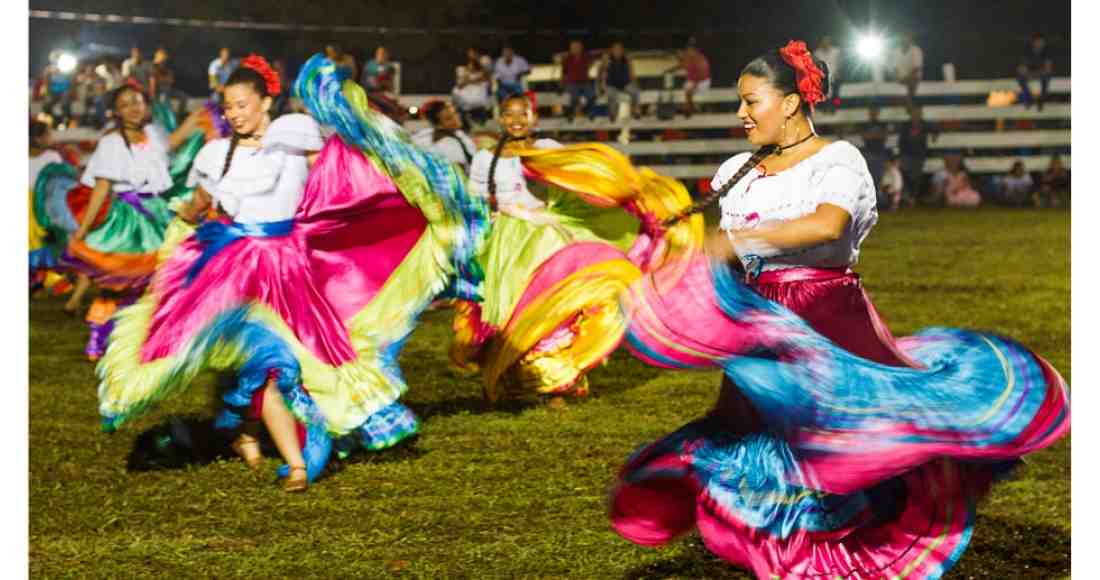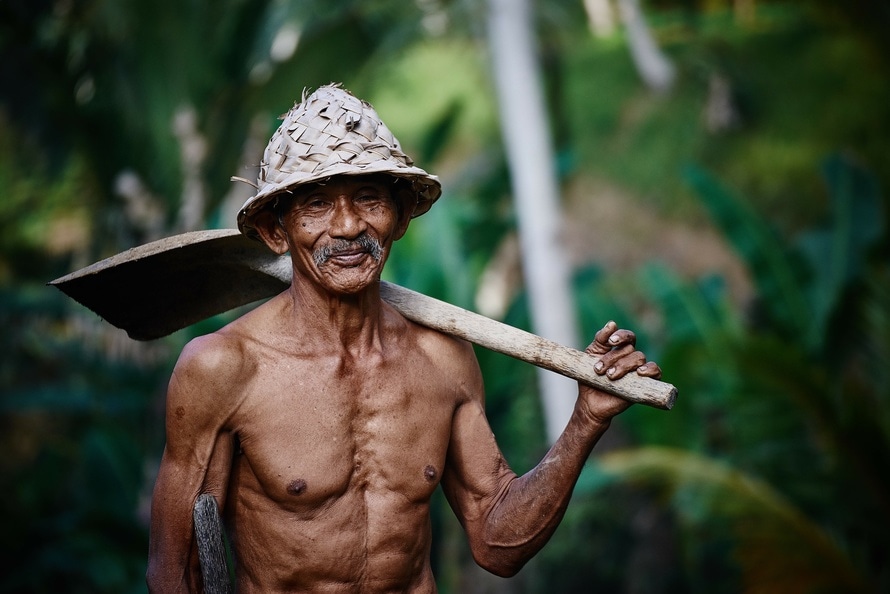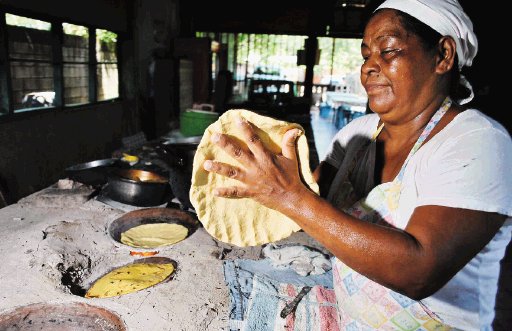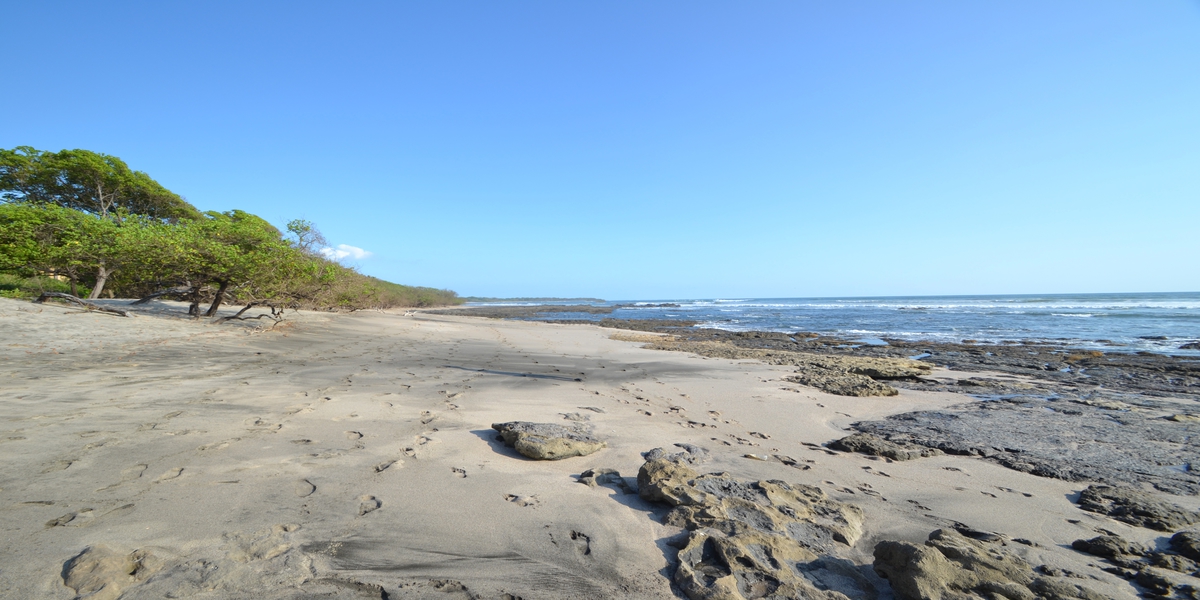
Did you know that on July 25,1824 Costa Rica received Guanacaste with open arms, formerly known as “La Gran Nicoya”? With this, our nation not only enlarged its territory, but incorporated its major cultural asset. We all know Guanacaste is a great place, full of contrasts unlike other regions in Costa Rica. Measures 10,140 km2 and volcanoes, beaches, flora and fauna abound.
Our province however has always been identified by its great indigenous and 18th Century culture: its beautiful typical songs, the colorfulness of its costumes, the contagious rhythm of its typical dances, its regional and new age literature.
To mention some more of our cultural legacies, in Guaitil, 45 minutes East of Tamarindo, locals still make clay vases and decorations, in all the province corn is a major ingredient in their diet, in the summer time you would hear detonations that if you were in other countries you may think they are bombing a city, but here is the sign with fireworks that a local town party is about to start. The cattle business was the base of our traditional economy since the eighteenth century, has generated a rich cultural production, which can be seen in our "bombas” (typical rhymes of everyday living), "retahílas” (also typical rhymes-poems) verbal legends or songs.
 One of the reasons also many visitors are attracted to our coastal communities is that the Nicoya peninsula has been featured in Nat Geo magazine for being one of the few Blue Zones in the world, where people live more than a 100 years. Now, we are identified as a province that welcomes new cultures that much that entire beach towns almost founded by expats and even our population ethnicity is changing little by little.
One of the reasons also many visitors are attracted to our coastal communities is that the Nicoya peninsula has been featured in Nat Geo magazine for being one of the few Blue Zones in the world, where people live more than a 100 years. Now, we are identified as a province that welcomes new cultures that much that entire beach towns almost founded by expats and even our population ethnicity is changing little by little.
You can do it many ways but, weather you already live here or are just visiting, try to visit Santa Cruz, eat a local soda, talk to the people working or eating like you and find out if there is an event that you could visit, you may be surprised by how interesting it could be.
Alejandro Amador, RE/MAX Agent






